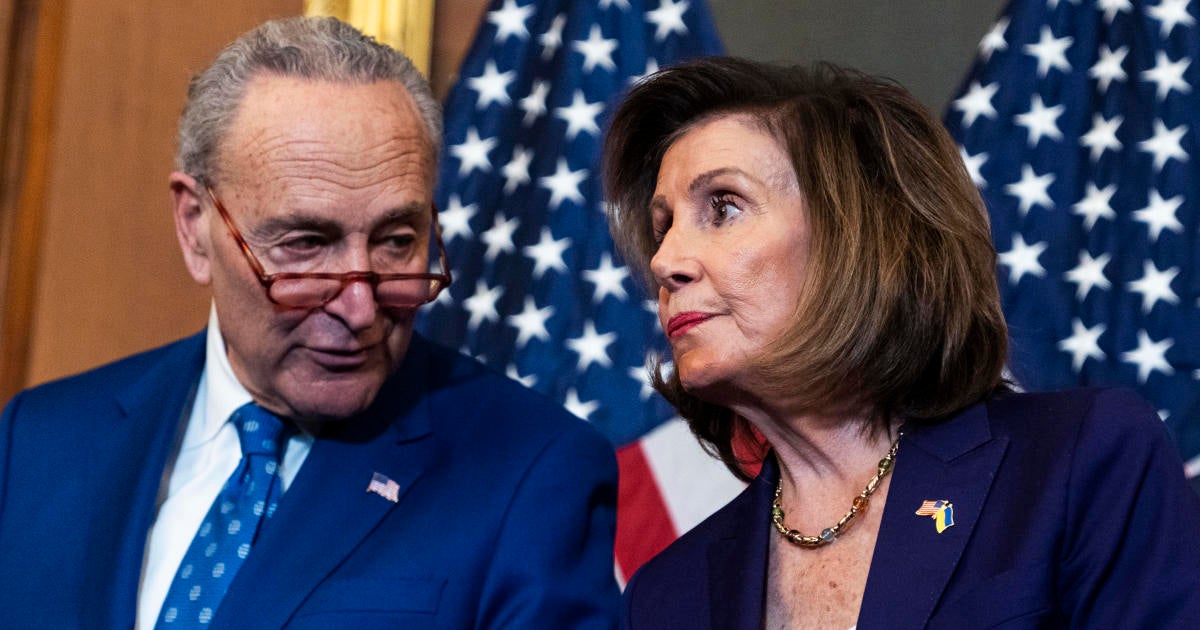US Senate approves government funding extension after failing to reach a consensus on the initial budget proposal highlights the ongoing political gridlock in Washington. The near-shutdown underscored deep divisions between the parties, forcing a last-minute compromise to avert a government standstill. This temporary reprieve, however, merely postpones the difficult negotiations required to address the underlying budgetary issues. The extension buys time, but the fundamental disagreements remain, raising questions about the long-term stability of government funding and the potential for future crises.
The initial failure stemmed from disagreements over spending levels across various government departments, with Republicans pushing for fiscal restraint and Democrats advocating for increased investment in social programs and infrastructure. The ensuing political maneuvering, including procedural delays and failed attempts at negotiation, ultimately led to the need for a short-term extension. This extension, while preventing an immediate shutdown, leaves many government agencies operating under uncertainty, impacting various programs and services.
The US Senate’s Government Funding Extension: A Deep Dive
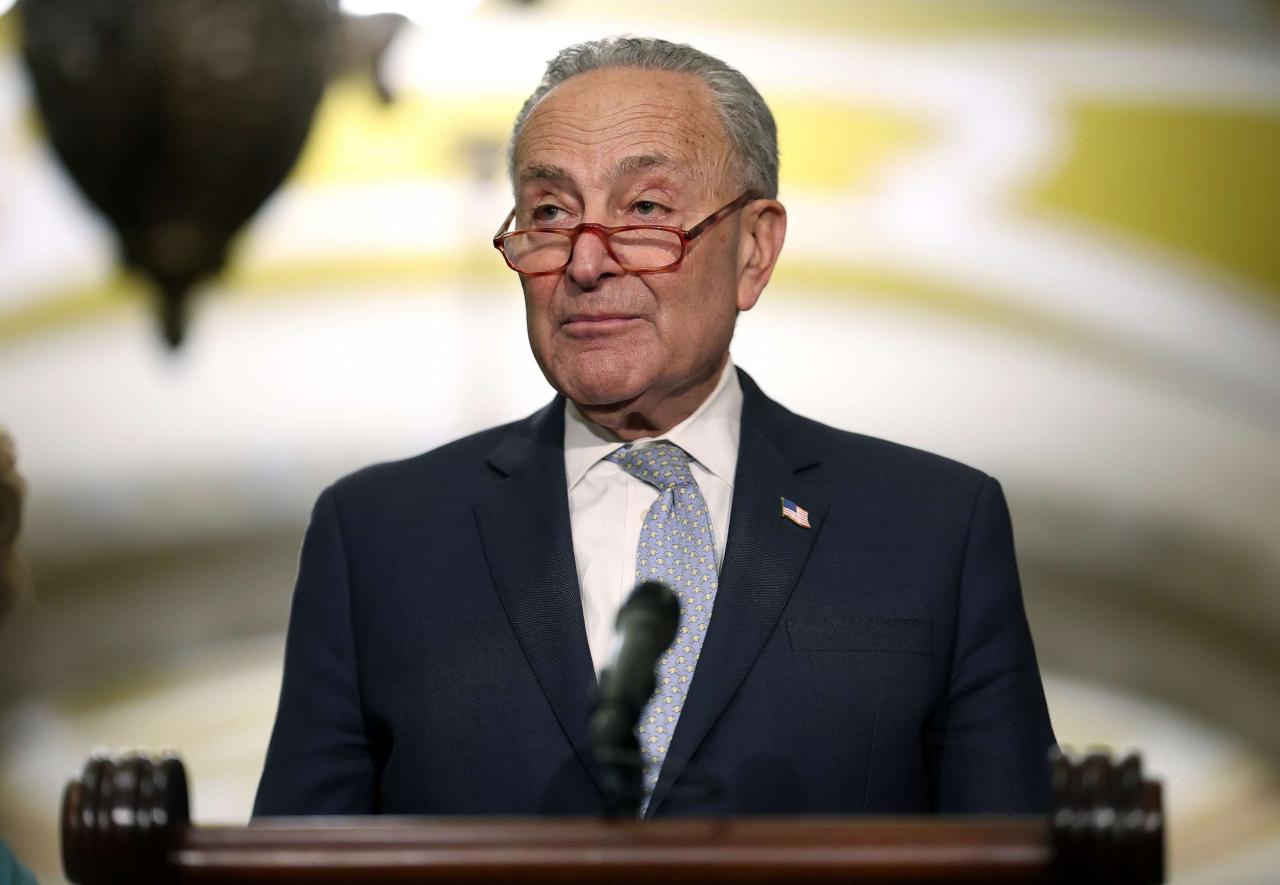
The US Senate’s recent approval of a government funding extension followed a period of intense political maneuvering and near-shutdown. This action, while averting an immediate crisis, highlights deeper issues within the budgetary process and the broader political landscape. This analysis delves into the context of the funding extension failure, the Senate’s response, the impact on government operations, public and media reaction, and potential future implications.
The Context of the Funding Extension Failure
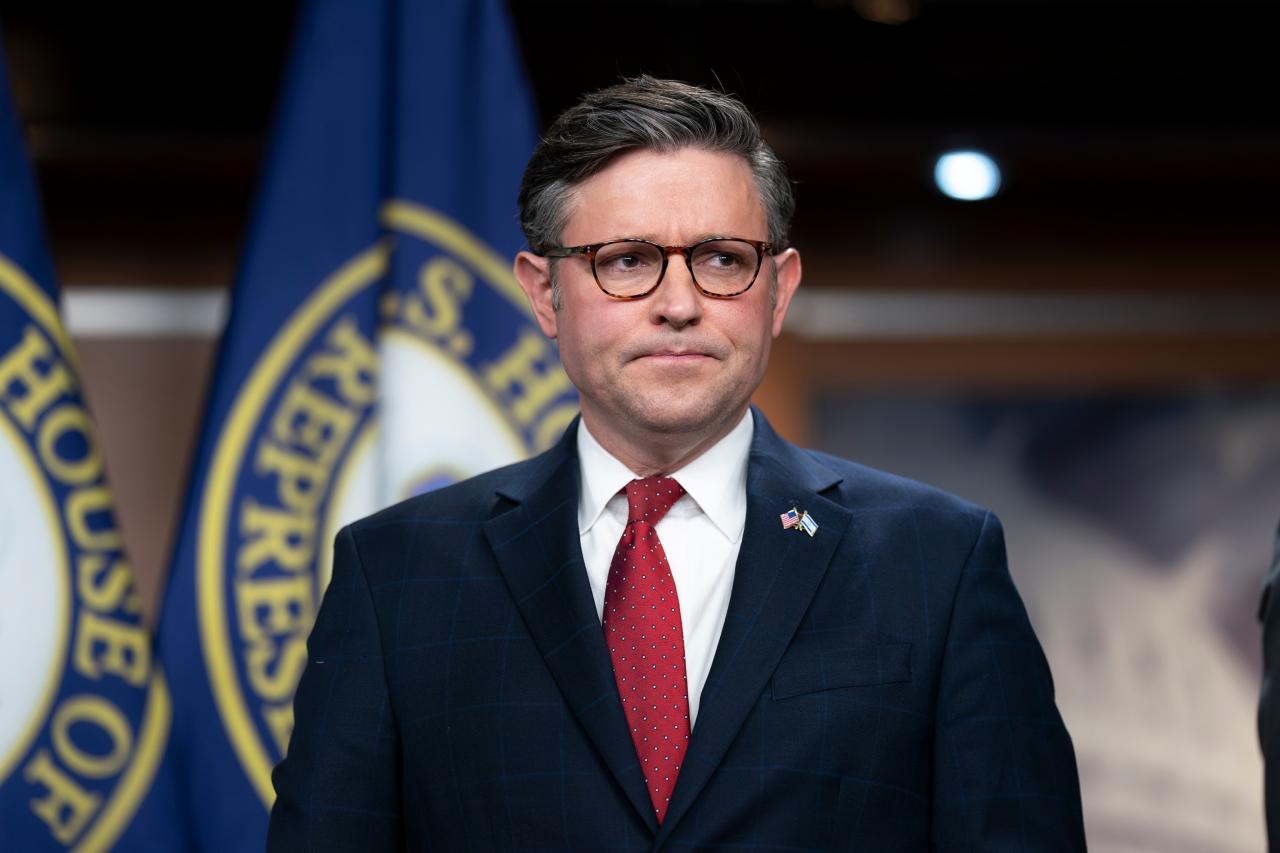
The political climate leading up to the Senate vote was characterized by significant partisan division. The specific government funding bill at the heart of the matter aimed to allocate funds for various federal agencies for the fiscal year. Key disagreements centered around spending levels for defense, social programs, and infrastructure projects. Republicans favored increased defense spending while advocating for cuts in social programs, while Democrats prioritized investments in social programs and infrastructure, potentially at the expense of some defense initiatives.
A timeline of events leading to the extension might include failed negotiations in the House and Senate, multiple deadlines missed, and ultimately, a short-term extension becoming necessary to prevent a government shutdown.
The Senate’s Response and the Extension
The Senate’s approval of the extension was largely driven by the need to avoid a government shutdown, a move seen as politically damaging for all parties involved. The extension itself provided temporary funding for a specific duration, perhaps a few weeks or months, offering a short reprieve to allow for further negotiations. Key players involved included Senate Majority Leader [Name], Senate Minority Leader [Name], and various committee chairs who played crucial roles in brokering the agreement.
The extended budget, compared to the original proposal, differed mainly in its timeframe; it offered only a temporary solution, delaying the resolution of underlying disagreements.
The US Senate finally approved a short-term government funding extension after earlier negotiations stalled. This temporary measure allows some breathing room, but the real work continues. Meanwhile, on a completely different note, you might be interested to learn that Thunder trio named in Governor-General’s XI for England showdown has been announced, quite a contrast to the political wrangling in Washington.
The Senate’s action buys time, but significant budget challenges remain for the coming months.
Impact on Government Operations
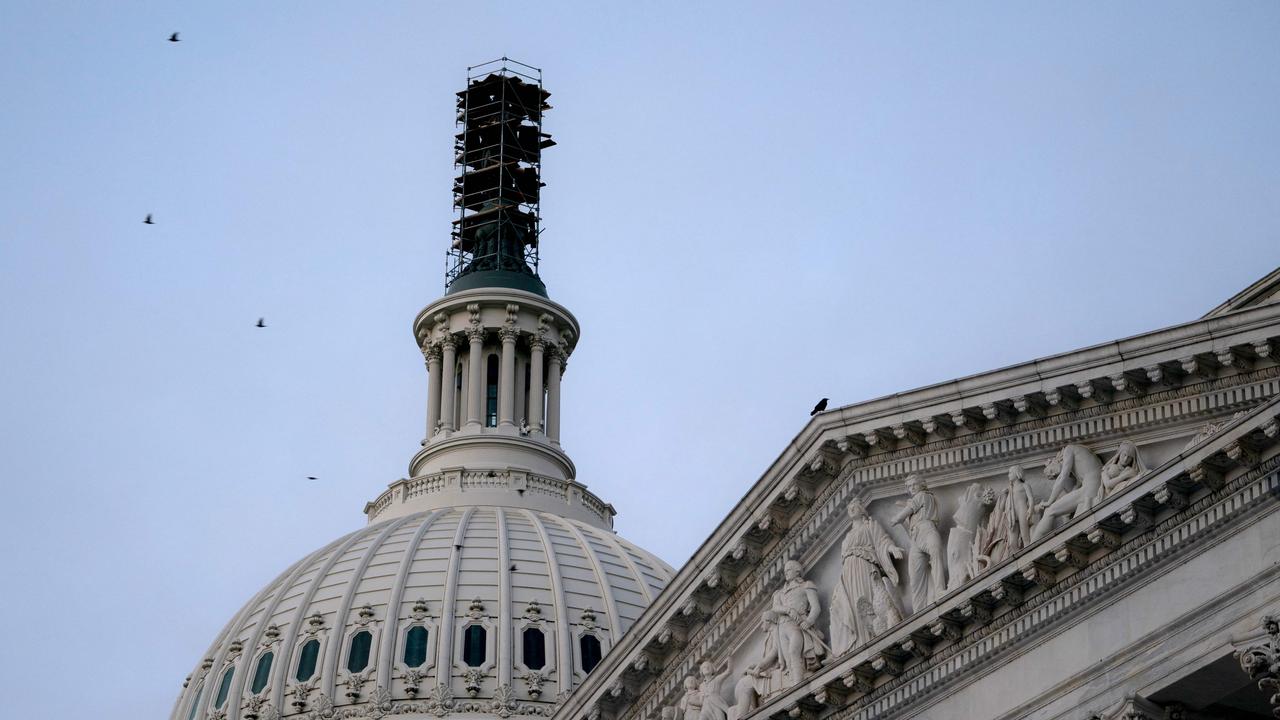
The immediate effect of the funding extension was a temporary suspension of the threat of a shutdown, allowing government agencies to continue operations. However, the uncertainty surrounding the long-term budget created challenges for long-term planning and investment. Disruptions to services or programs were largely averted in the short term, though potential delays in certain projects remained a possibility. The uncertainty created a ripple effect impacting various government sectors.
| Government Sector | Immediate Effects | Potential Long-Term Consequences | Service/Program Disruptions |
|---|---|---|---|
| Defense | Continued operations, but limited new initiatives | Potential delays in procurement and modernization | Minimal, if any |
| Social Programs | Continued funding at current levels | Potential for reduced funding in the future | Potential for delays in new program implementation |
| Infrastructure | Continued funding for ongoing projects | Potential delays in new project starts | Potential delays in project completion |
| Research & Development | Continued funding, but potential for project delays | Potential for reduced funding in future years | Potential delays in research projects |
Public and Media Reaction, US Senate approves government funding extension after failing to
Public sentiment regarding the near-shutdown and subsequent extension was largely negative, with widespread frustration over partisan gridlock. Media coverage focused on the potential consequences of a shutdown, highlighting the impact on essential services. Prominent opinions varied across the political spectrum, with Republicans emphasizing fiscal responsibility and Democrats highlighting the need for investment in social programs.
- “This is a shameful display of partisan politics,”
-Senator [Name], Democrat. - “We need to prioritize responsible spending,”
-Senator [Name], Republican. - “The American people deserve better than this,”
-Public figure [Name].
Potential Future Implications
This event will likely impact future budget negotiations, potentially leading to increased pressure for bipartisan cooperation. Strategies to prevent similar situations could include earlier budget negotiations, more transparent processes, and a willingness to compromise from both parties. The near-shutdown could erode public trust in the government’s ability to effectively manage its finances. The political landscape could be affected as voters may hold politicians accountable for their roles in the near-shutdown.
Illustrative Example: A Hypothetical Scenario
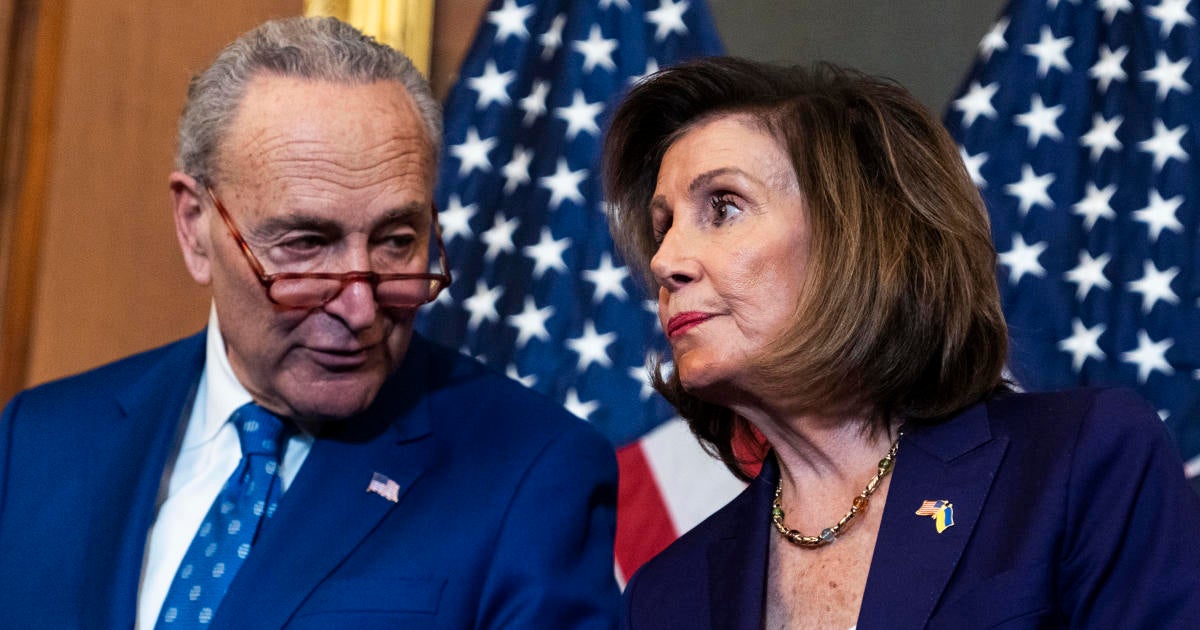
In a hypothetical scenario where the funding extension fails, a government shutdown would ensue. This would lead to the temporary closure of non-essential government services, furloughs for federal employees, and significant disruptions to various sectors. Potential reactions would include widespread public outrage, market volatility, and intensified political attacks. A powerful image depicting this scenario might show a deserted federal building, symbolizing the disruption and the impact on public services.
The image would be stark and visually arresting, conveying the gravity of the situation and the consequences of political inaction.
The US Senate’s approval of a government funding extension, after earlier negotiations stalled, highlights the complexities of bipartisan compromise. This contrasts sharply with the straightforward, if sometimes harsh, assessments found in the Perth Scorchers ratings: Every player ranked after final-over defeat , where individual performances are clearly evaluated. The Senate’s decision, however, underscores the ongoing need for political consensus on crucial budgetary matters.
The US Senate’s approval of a government funding extension, following a near-shutdown, serves as a stark reminder of the fragility of the American political system and the challenges of navigating partisan divides. While the temporary solution averted an immediate crisis, the underlying issues that triggered the near-shutdown remain unresolved. The extension provides a brief respite, but the need for substantive bipartisan negotiations remains urgent.
The coming weeks and months will be crucial in determining whether Congress can find common ground to avoid future budget standoffs and maintain public trust in its ability to govern effectively. The ultimate success or failure of these efforts will have far-reaching consequences for the nation’s economy, social programs, and political landscape.
Frequently Asked Questions: US Senate Approves Government Funding Extension After Failing To
What are the potential consequences of another funding lapse?
Another lapse could lead to furloughs for federal employees, delays in crucial government services, and a significant hit to public confidence in government. Economic uncertainty would likely increase.
How does this compare to previous government shutdowns?
This situation shares similarities with previous shutdowns, characterized by partisan gridlock and last-minute compromises. However, the specific details of the budget proposals and the political climate differ, making direct comparisons complex.
What is the public’s overall opinion on the extension?
Public opinion is likely divided along partisan lines, with supporters of the respective parties generally reflecting their party’s stance on the budget. Many citizens are likely frustrated by the political gridlock and its impact on government services.
